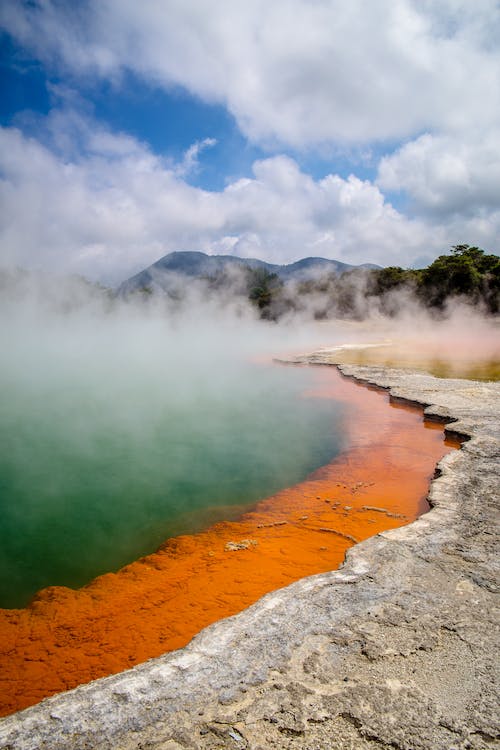Your water is supposed to arrive at your home safe to drink. However, the simple truth is that this is not always the case.
The water cycle dictates that water evaporates and then returns to the earth as rain. This water travels across fields and through rocks to reservoirs where it is then treated at a local water treatment center. The center will remove debris with filters, adds chlorine to kill bacteria, and even adds fluoride to help give you strong teeth and bones. It leaves the treatment center in accordance with government guidelines and is considered safe to drink.
But, it has to travel through hundreds of miles of pipes before coming out of your faucet. During this time it can pick up new bacteria, debris from the inside of the pipe, and most concerning, lead.
What Is Lead
Lead is a heavy metal. It is a blue/grey color and is found in the outer layer of the earth, it is also in the environment, a by-product of burning fossil fuels. Alongside this, lead was commonly used in paint, to create water pipes and many other items.
After it was discovered that the lead leaches into the water and collects in the body, the use of lead in products was prohibited. A build-up of lead in your body will cause a variety of issues, ultimately leading to lead poisoning.
How Lead Gets Into Your Water
If you have an old house and an old plumbing system you may still have lead pipes and the lead will leach into the water. It is also possible that lead gets into the water from brass fittings as they contain small amounts of lead. Alongside this lead solder is often used to join copper pipes, adding to the lead in the water.
The only way to know if you have lead in your water is to have a water test done. This will show you exactly what is in the water.
Removing Lead and other Contaminants
You may have heard that boiling water kills bacteria and perhaps think it will help with your lead. However, boiling does not affect the lead as it has a higher melting point than water. In effect, you could boil the water out of your pan or kettle and the lead would still be there.
To effectively remove lead from your water supply you should first invest in a filtration system. You will find that the best water coolers, water dispenser, and similar items have filtration systems incorporated into them. The water filters remove minerals, heavy metals, and other contaminants.
It is the most effective way of ensuring you have safe drinking water.
Alongside this, you should trace the source of the lead in your water. You will be able to replace lead pipes and other contaminant sources. It is usually advisable to get a professional to help you trace the lead and deal with the issue. They will have the proper knowledge and equipment to eliminate the issue.
